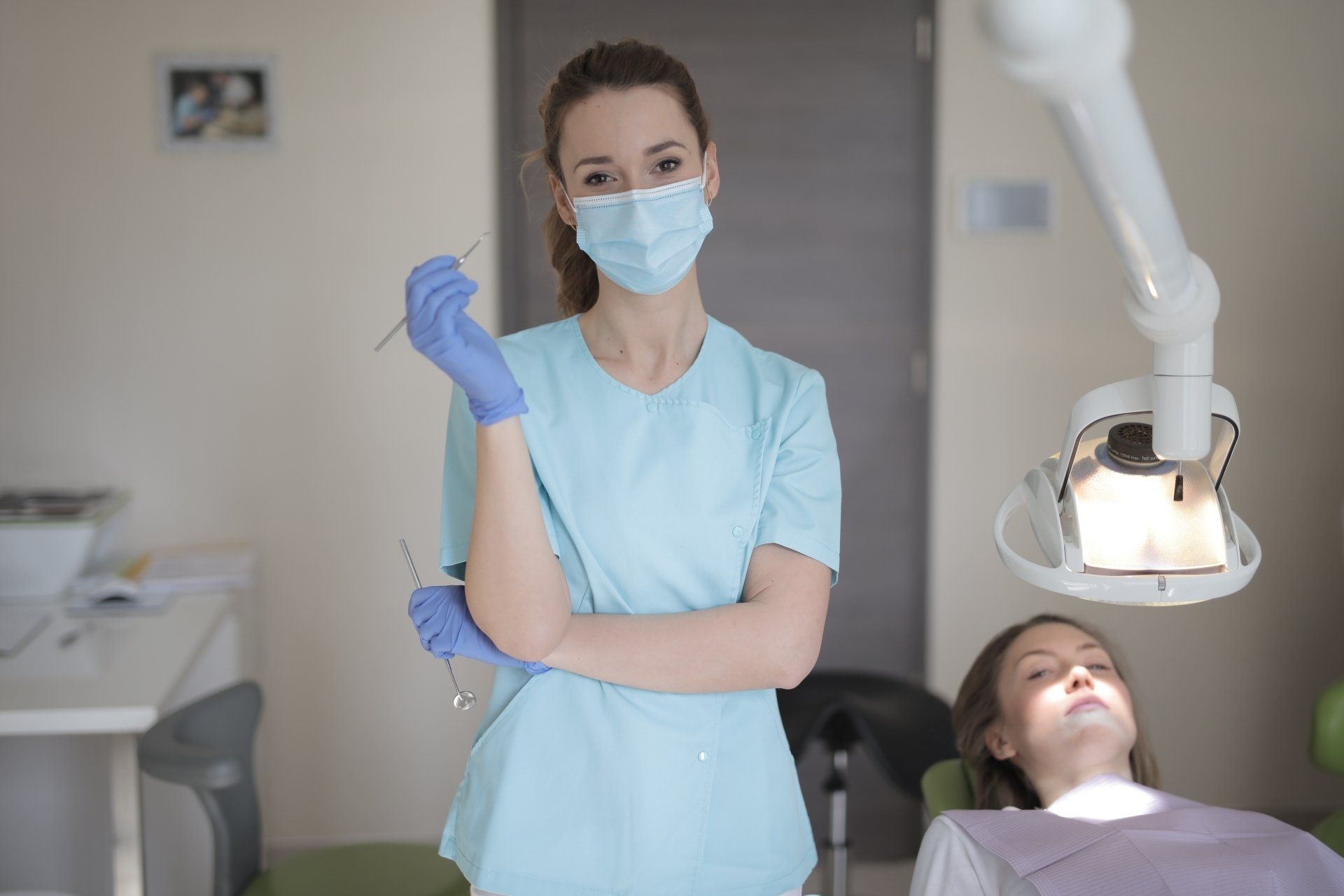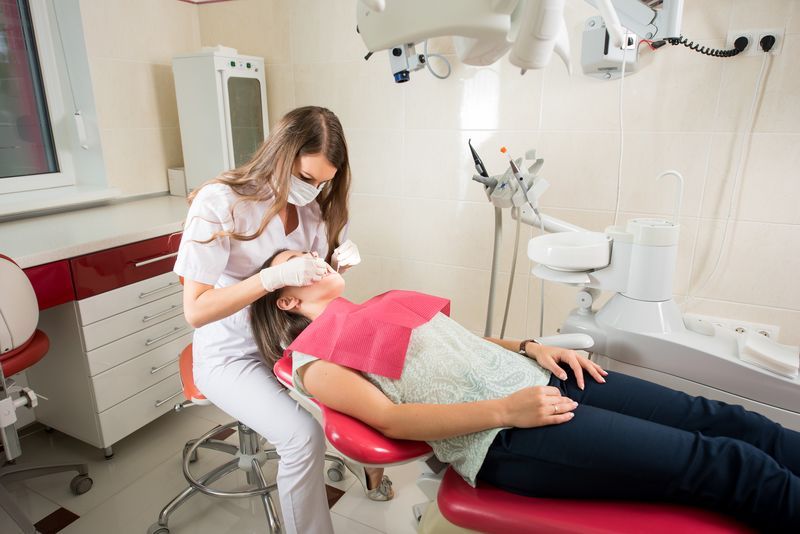3 Tips for Preventing Oral Cancer

Each year, more than 35,000 Americans are diagnosed with oral cancer. Oral cancer, also known as mouth cancer, typically develops in the tissue located in the mouth or throat. As one of the most common types of head and neck cancer, oral cancer is commonly found in the mouth, on the tongue, or on or around the lips.
Symptoms of Oral Cancer
Like many other cancers, oral cancer often presents with various symptoms. However, the most identifiable symptoms of oral cancer include:
- Swelling or thickening of areas on the lips, gums, or inside the mouth
- Lumps, bumps, rough spots, crusts, or eroding areas of the lips, gums, or inside of the mouth
- Noticeable white, red, or speckled areas in the mouth
- Unexplainable or random bleeding in the mouth
- Numbness, loss of feeling, and significant pain or tenderness around the face, mouth, or neck
- Difficulty speaking, swallowing, chewing, or moving the jaw
Though the survival rate of oral cavity and pharynx cancer is significantly high at 81%, there are several steps you and your family can take to help ensure you remain cancer-free.
3 Tips for Preventing Oral Cancer
The American Cancer Society reports that men are nearly twice as likely to develop oral cancer than women, especially over the age of 50. Regardless of your risk, these three tips can help provide an added layer of defense against oral cancer.
- Limit alcohol and tobacco use
Two of the leading causes of oral cancer are excessive alcohol and tobacco consumption. In fact, cigarette, cigar, and pipe smokers are six times more likely to develop oral cancer than those who refrain from smoking. Moreover, smokeless tobacco users are 50 times more likely to develop cancer in areas like the cheeks, gums, and lip linings. By avoiding these substances, you can greatly increase your probability of remaining cancer-free. - Brush and floss regularly
As with most oral ailments, cancer can be prevented by brushing and flossing regularly. Failing to do this often reduces your immune system’s ability to function properly and thus inhibits your body’s natural defense against cancer. When brushing, remember to also brush your gums, tongue, and the roof of your mouth. - Get regular oral cancer screenings
Along with having yearly teeth cleanings, it’s important to find a dentist who has the ability to provide oral cancer screenings. Not only can oral cancer screening detect any cancer that might exist, but having regular screenings can also detect any other concerns that could potentially lead to oral cancer or other issues. Dentists like South Temple Dental offer quick and easy oral cancer screening services for patients of all ages.
If you’re in need of a dental cleaning or want to have an oral cancer screening, call South Temple Dental , today. As one of the leading Salt Lake City dentists, South Temple Dental has the services you need to keep you and your family in optimal oral health.
The post 3 Tips for Preventing Oral Cancer appeared first on South Temple Dental.


Areas We Serve
Downtown Salt Lake City
84103, 84116, 84104, 84101, 84111, 84102, 84112, 84113, 84108, 84105, 84115, 84104, 84103
Business Hours
- Monday
- -
- Tuesday
- -
- Wednesday
- -
- Thursday
- -
- Friday
- -
- Saturday
- Closed
- Sunday
- Closed
All Rights Reserved | South Temple Dental
Dentist in Downtown Salt Lake City, Utah
